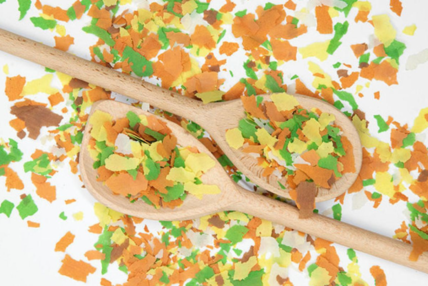Fish food plays a pivotal role in maintaining our aquatic friends’ health, vitality, and overall well-being. Whether you’re a seasoned aquarist or a beginner in the fascinating world of fishkeeping, understanding the intricacies of fish nutrition is crucial for ensuring thriving and vibrant fish populations in your aquarium. In this comprehensive guide, we delve deep into the world of fish food, exploring key aspects such as types of fish food, nutritional requirements, feeding strategies, and tips for optimal fish health.
Importance of Proper Fish Nutrition
Like humans and other animals, fish require a balanced diet to support growth, immunity, and reproduction. Providing adequate nutrition is essential for maintaining vibrant colours, strong immune systems, and overall vitality in fish. A fish food products diet promotes healthy growth and enhances the natural behaviours and longevity of fish species.
Types of Fish Food
-
Flakes: Flakes are one of the most common and widely available types of fish food. They suit many fish species, including tropical fish, goldfish, and bettas. Fish flakes typically contain proteins, vitamins, and minerals essential for fish health.
-
Pellets: Pelleted fish food comes in various sizes and formulations to cater to different fish species and sizes. They are convenient to feed and offer a balanced diet. Pellets can sink or float, making them suitable for various aquatic habitats.
-
Freeze-Dried: Freeze-dried fish food includes ingredients like bloodworms, brine shrimp, and daphnia. These foods are rich in protein and are excellent occasional treats for fish. However, they should not replace staple diets due to their limited nutritional profiles.
-
Frozen: Frozen fish food options include frozen brine shrimp, bloodworms, and myseed shrimp. These foods retain their nutritional value well and provide a diverse diet for fish. Thawed frozen foods mimic natural prey, encouraging natural feeding behaviours.
-
Live Food: Live foods such as live brine shrimp, daphnia, and insects offer a highly nutritious diet for fish. They are rich in proteins and can stimulate predatory behaviours in certain fish species. However, caution must be exercised to avoid introducing pathogens into the aquarium.
Feeding Strategies for Healthy Fish
-
Regular Feeding Schedule: Establish a consistent feeding schedule based on the specific needs of your fish species.
-
Monitor Feeding Behavior: Observe how quickly fish consume food. To prevent water contamination, remove uneaten food as soon as possible. Adjust feeding amounts accordingly.
-
Variety is Key: Offer a diverse diet to meet nutritional requirements and stimulate natural feeding behaviours. Rotate between flakes, pellets, frozen foods, and occasional live treats.
-
Consider Water Temperature: Adjust feeding amounts based on water temperature, as fish metabolisms vary with temperature changes. Fish may require more food in warmer water and less in cooler temperatures.
-
Avoid Overfeeding: Overfeeding can lead to obesity, digestive issues, and water quality problems. Feed small amounts multiple times a day rather than one large feeding to prevent wastage.
Tips for Optimal Fish Health
-
Quality Fish Food: Invest in high-quality fish from reputable brands to ensure balanced nutrition and avoid fillers or low-quality ingredients.
-
Storage: Store food for fish in a cool, dry place to maintain freshness and nutritional value. Seal containers tightly to prevent moisture and contamination.
-
Avoid Overcrowding: Maintain appropriate fish populations in your aquarium to reduce competition for food and minimise stress among fish.
-
Water Quality: Regularly test and maintain water parameters such as ammonia, nitrite, nitrate, and pH. Clean filtration systems and perform partial water changes as needed to ensure optimal water quality.
In conclusion, understanding the nuances of fish food and implementing proper feeding practices are fundamental aspects of successful fishkeeping. By providing a balanced diet, monitoring feeding behaviours, and maintaining optimal water conditions, you can promote your aquatic companions’ health, vibrancy, and longevity, creating a thriving and captivating underwater ecosystem in your aquarium.












